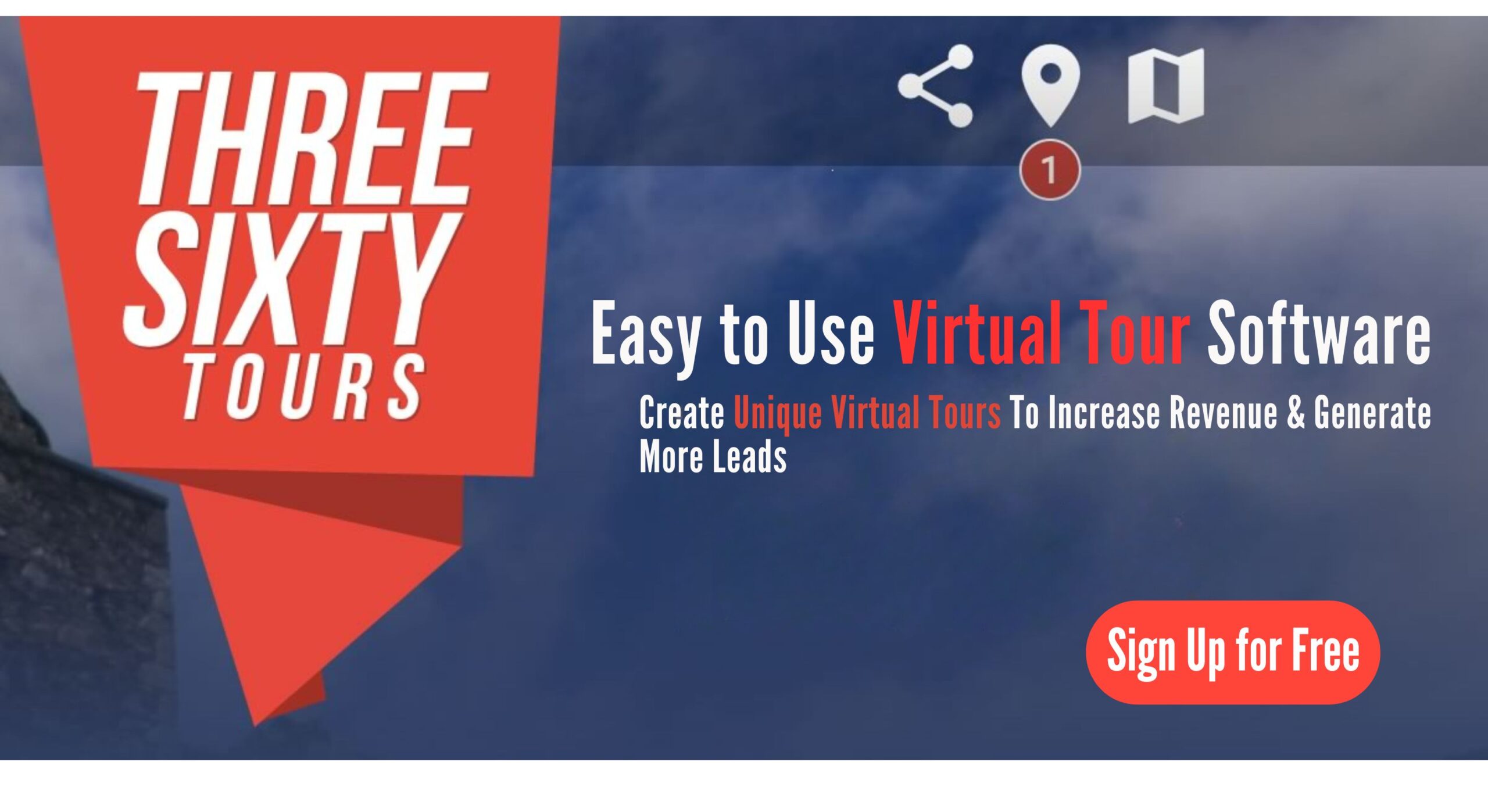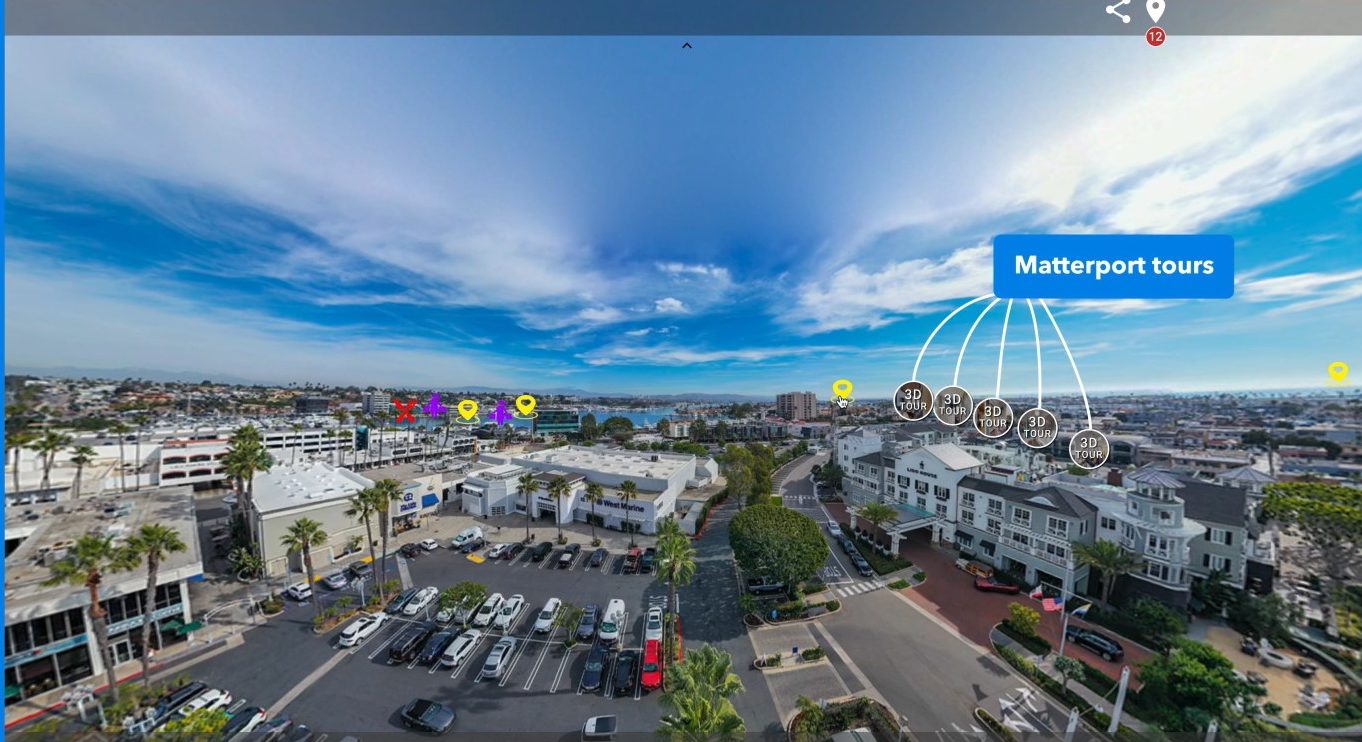360 virtual tour camera equipment
360 Virtual Tour Camera Equipment: A Complete Guide for Photographers and Real Estate Agents
360-degree virtual tours have changed how businesses showcase spaces, offering immersive experiences that engage audiences like never before. Whether you’re a photographer expanding your services or a real estate agent wanting to provide buyers with a realistic property view, the right 360 virtual tour camera equipment is essential.
In this guide, we’ll explore the best cameras, key features to consider, must-have accessories, and how this technology is transforming industries. By the end, you’ll know exactly what equipment suits your needs and how to create high-quality virtual tours effortlessly.
Start creating stunning virtual tours today with Threesixty.tours!
I. Introduction
A. Overview of 360 Virtual Tours
360-degree virtual tours let users explore spaces interactively, providing a panoramic view of interiors and exteriors. Unlike standard photos or videos, these tours offer an immersive experience where viewers can navigate through a space as if they were physically there.
This technology is booming across multiple industries:
- Real Estate – Virtual tours help buyers explore properties remotely, saving time and increasing engagement.
- Tourism – Hotels, landmarks, and attractions use 360 tours to entice visitors.
- Education – Schools and universities create virtual campus tours, while online training programs use 360-degree videos for immersive learning.
- Event Planning – Venues showcase their spaces to potential clients through virtual walkthroughs.
B. Importance of Camera Equipment
The quality of a virtual tour depends on the camera equipment used. High-resolution images, smooth stitching, and proper lighting all contribute to a seamless experience.
Why does choosing the right equipment matter?
- Better Image Quality – High-resolution cameras capture details that enhance realism.
- Ease of Use – Some cameras offer automatic stitching, while others require post-processing.
- Advanced Features – Options like HDR, live streaming, and remote control improve the final output.
This guide covers the best 360 virtual tour camera equipment, must-have accessories, and industry applications to help you make the best choice.
Explore top-rated 360 cameras at Threesixty.tours!
II. Types of 360 Virtual Tour Camera Equipment
A. Consumer-Level Cameras
Consumer-level 360 cameras are perfect for beginners and budget-conscious users. These cameras are compact, easy to use, and often feature automatic stitching.
Popular Consumer Models
- Insta360 ONE X2 – Lightweight, user-friendly, excellent stabilization.
- Ricoh Theta X – High-resolution images with an intuitive interface.
- GoPro Max – A versatile action camera that doubles as a 360-degree camera.
These cameras are great for real estate agents who want to create quick, high-quality virtual tours without extensive post-processing.
B. Professional Cameras
Professional 360 cameras offer advanced features like 8K resolution, superior low-light performance, and manual settings.
Top Professional Models
- Insta360 Pro 2 – 8K resolution, advanced stabilization, and live streaming capabilities.
- Matterport Pro3 – Designed for real estate professionals, offering precise 3D mapping.
- Kandao Obsidian R – A premium option for ultra-high-quality virtual tours.
These cameras are best for professional photographers needing top-tier image quality and flexibility in post-production.
C. DSLR and Mirrorless Camera Options
For those who prefer DSLR or mirrorless cameras, fisheye lenses and stitching software are essential.
Pros & Cons
- ✅ Higher image quality than consumer-grade 360 cameras.
- ✅ More control over exposure, depth of field, and color grading.
- ❌ Requires manual stitching using software like PTGui or AutoPano.
- ❌ More expensive due to additional equipment needs.
Popular setups include a full-frame DSLR with a Sigma 8mm fisheye lens, providing crisp images ideal for high-end real estate listings.
III. Essential Features to Consider
A. Image and Video Quality
Resolution is key to creating clear, immersive virtual tours.
- 4K – Suitable for basic virtual tours.
- 6K – Offers better clarity and detail.
- 8K – Ideal for professional-grade tours with ultra-high resolution.
Low-light performance is also crucial, especially for indoor spaces. Cameras with larger sensors and HDR capabilities perform best in such conditions.
B. Ease of Use
For real estate agents and photographers, ease of use is a priority.
- User Interface – A simple, intuitive interface makes capturing and editing easier.
- Portability – Lightweight cameras with quick setup times are ideal for on-the-go shoots.
C. Connectivity
Modern 360 cameras offer features like:
- Wi-Fi and Bluetooth for seamless file transfers.
- Live streaming for virtual open houses.
- App compatibility for instant editing and sharing.
These features enhance workflow efficiency, making it easier to create and share virtual tours.
Discover the best 360 cameras at Threesixty.tours!
IV. Accessories for Enhanced Experience
A. Tripods and Stabilizers
A sturdy tripod is essential for capturing steady shots. Recommended options include:
- Manfrotto VR Tripod – Designed specifically for 360 cameras.
- Insta360 Invisible Selfie Stick – Allows for dynamic shots without visible support.
B. Lighting Equipment
Proper lighting enhances image quality, especially in dimly lit interiors.
- LED Panel Lights – Provide adjustable brightness.
- Ring Lights – Help evenly illuminate small spaces.
C. Monitors and Editing Software
Post-production is key to creating seamless virtual tours.
- Adobe Premiere Pro – For video editing.
- PTGui – For stitching images from DSLR setups.
- Matterport Software – For real estate virtual tours.
V. Applications of 360 Virtual Tour Camera Equipment
A. Real Estate
Virtual tours help realtors showcase properties remotely, reducing unnecessary visits and attracting more buyers.
B. Tourism
Hotels, museums, and tourist attractions use 360 tours to give potential visitors a realistic preview of their experiences.
C. Education and Training
360-degree learning environments enhance engagement in online courses and corporate training programs.
D. Event Planning
Event venues use virtual tours to help clients visualize spaces before booking.
See how Threesixty.tours can help you create stunning virtual tours!
VI. Conclusion
A. Summary of Key Points
- Choosing the right 360 virtual tour camera equipment is essential for creating high-quality immersive experiences.
- Consumer cameras are great for beginners, while professional models offer superior quality.
- Accessories like tripods, lighting, and editing software enhance the final output.
B. Future Trends in 360 Virtual Tour Technology
- AI-powered enhancements for automated editing and scene recognition.
- Higher resolution cameras for even more immersive experiences.
- Integration with VR headsets for a fully interactive experience.
C. Encouragement to Explore Options
Investing in the right 360 virtual tour camera equipment can elevate your photography or real estate business. Whether you’re just starting or looking to upgrade, there’s a perfect camera setup for your needs.
Start creating immersive virtual tours today with Threesixty.tours!
This guide ensures photographers and real estate agents have all the details they need to make informed decisions about 360 virtual tour camera equipment. By optimizing for SEO and engaging the target audience, this blog post will help Threesixty.tours attract more users interested in virtual tour creation. 🚀


